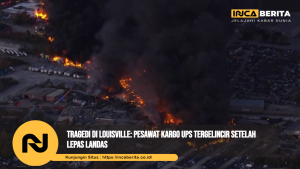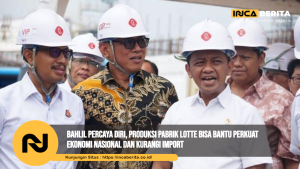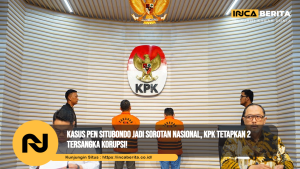NATO Response to Russia: How the West is Reacting to the Crisis
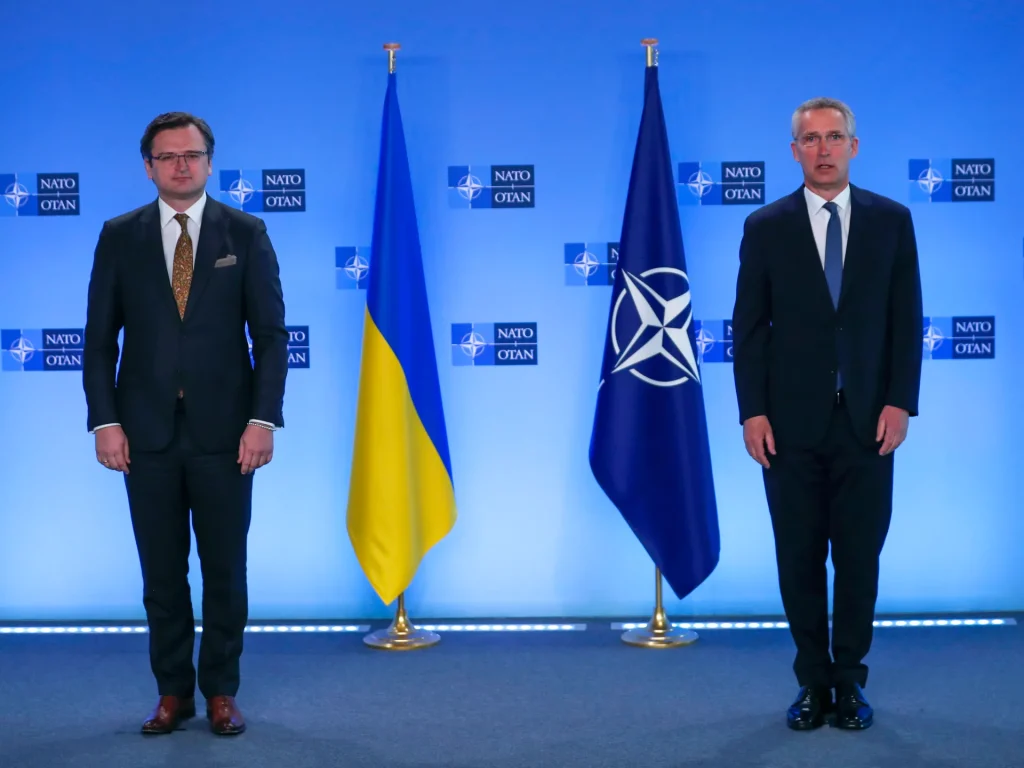
Source : nato.int
In recent years, Russia’s actions on the global stage have raised significant concerns among Western countries and NATO (North Atlantic Treaty Organization). From military actions near Ukraine’s border to its influence in Eastern Europe, Russia’s assertive foreign policy has led to an international crisis, prompting a unified response from NATO and its allies.
The West’s response to Russia’s actions is crucial in shaping the future of European and global security. NATO, as the primary military alliance of Western countries, has been at the forefront of efforts to deter further aggression while strengthening defense measures within its member states. Understanding the nature of NATO’s response to Russia’s actions, and the broader political and military implications, is essential to grasp the potential consequences of the ongoing crisis.
In this article, we’ll delve into how NATO and Western nations are reacting to Russia’s actions, exploring the political, military, and economic strategies being employed to address the crisis.
The Crisis Unfolds: Understanding Russia’s Actions
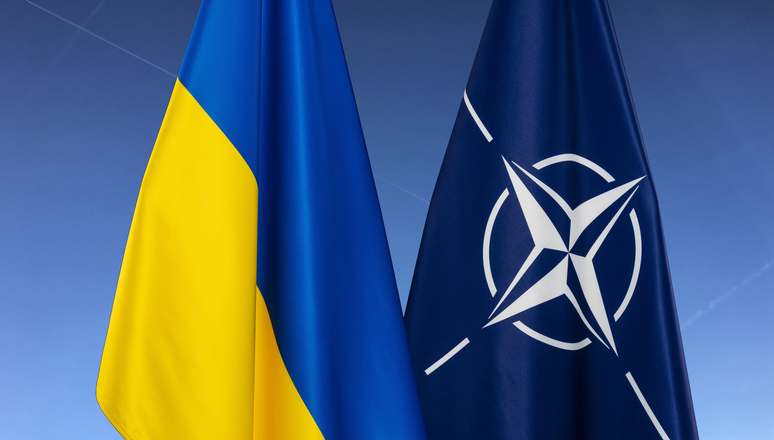
The Background of Rising Tensions
Tensions between Russia and the West have been escalating for several years, fueled by a combination of historical grievances, territorial disputes, and geopolitical interests. Some key factors contributing to the crisis include:
-
The Annexation of Crimea: In 2014, Russia annexed Crimea, a region of Ukraine, sparking international condemnation and leading to sanctions from Western countries. This action violated international law and raised fears about Russia’s intentions in Eastern Europe.
-
Military Build-up on Ukraine’s Border: In late 2021 and early 2022, Russia began amassing troops near Ukraine’s border, raising alarms in the West about the possibility of an invasion. The military build-up, along with aggressive rhetoric, put Europe on edge and raised the specter of a potential conflict.
-
Cyberattacks and Hybrid Warfare: Russia has also been accused of engaging in cyberattacks and hybrid warfare, including disinformation campaigns and attempts to destabilize governments, particularly in the Baltic states and other former Soviet republics. These actions have further strained relations with the West.
Russia’s actions have prompted NATO to reconsider its defense strategies, recalibrate its response to regional security threats, and enhance its commitment to collective defense among member countries.
NATO’s Political and Diplomatic Response
Strengthening Alliances and Diplomacy
NATO’s initial response to Russia’s increasing military aggression and influence in Europe has been to reinforce political and diplomatic efforts aimed at preventing escalation. Some key political and diplomatic measures include:
1. Reaffirming Collective Defense Commitments
One of NATO’s core principles is collective defense, enshrined in Article 5 of the North Atlantic Treaty, which states that an attack on one NATO member is considered an attack on all. This principle has been central to NATO’s response, with Western leaders reiterating their commitment to the defense of NATO members and reinforcing the security guarantees that come with membership.
In response to Russia’s increasing provocations, NATO has also pledged to bolster its defense posture in Eastern Europe. This includes a greater presence in the Baltic states, Poland, and other member nations near Russia’s border.
2. Diplomatic Engagement with Russia
While NATO has taken a strong stance in response to Russia’s actions, diplomatic efforts to de-escalate tensions continue. NATO’s relationship with Russia is complicated, and the alliance has repeatedly called for dialogue to avoid further confrontation. However, NATO’s diplomatic initiatives are often met with resistance from Russia, which has accused the alliance of interfering in its sphere of influence.
Despite this, NATO has maintained diplomatic channels, seeking to address Russia’s security concerns while ensuring the sovereignty of Eastern European countries and NATO’s core values.
3. Supporting Ukraine and Non-NATO Members
Though Ukraine is not a NATO member, the alliance has shown strong support for Ukraine, particularly after Russia’s 2014 annexation of Crimea. NATO has provided Ukraine with military assistance, including training, equipment, and advisory support. Additionally, NATO has offered financial and technical support to help Ukraine bolster its defense capabilities.
Furthermore, NATO has been strengthening partnerships with non-member countries in Eastern Europe, such as Georgia and Moldova, helping them improve their security while preventing further Russian influence.
Military Preparedness: NATO’s Defensive Measures
Reinforcing NATO’s Eastern Flank
In response to Russia’s military build-up and territorial ambitions, NATO has ramped up its military readiness, especially in countries bordering Russia and Ukraine. Some key military responses include:
1. Increased Military Presence in Eastern Europe
To reassure its eastern members, NATO has deployed additional troops and military assets to countries like Poland, Estonia, Latvia, and Lithuania. This move is intended to bolster defense capabilities in the region and deter any potential Russian aggression. NATO’s presence in these countries includes joint military exercises, air patrols, and the prepositioning of equipment.
One of the most notable actions has been the establishment of a multinational battlegroup in Eastern Europe, ensuring that NATO has a rapid-response force capable of deploying quickly in the event of an emergency.
2. Upgrading Defense Infrastructure
NATO has also invested in upgrading defense infrastructure in its eastern member states, including airfields, military bases, and communication systems. This enhanced infrastructure improves the alliance’s ability to respond to potential crises and reinforces the strength of NATO’s collective defense commitment.
3. Cybersecurity and Hybrid Threats
In addition to traditional military measures, NATO has placed a strong emphasis on cybersecurity and the threat of hybrid warfare. Russia’s use of cyberattacks and disinformation has led NATO to create specialized defense units dedicated to combating cyber threats. This includes working with member states to strengthen national cyber defenses and enhance the alliance’s ability to respond to online threats.
NATO’s strategic focus is to ensure that it is prepared for all aspects of modern warfare, including cyber and information operations, which have become essential components of the ongoing conflict with Russia.
Economic Sanctions and Financial Pressure
Leveraging Economic Tools Against Russia
Alongside NATO’s military and diplomatic measures, Western countries have used economic sanctions as a critical tool to pressure Russia and limit its ability to conduct military operations and undermine international stability. Some key actions include:
1. Sanctions on Russia’s Economy
In response to Russia’s annexation of Crimea and military aggression in Ukraine, Western nations, including the European Union and the United States, imposed a range of sanctions targeting Russian businesses, financial institutions, and individuals. These sanctions are designed to cripple Russia’s economy, restrict its access to international financial markets, and prevent it from acquiring the resources needed to fund military activities.
The sanctions have targeted key sectors, including energy, banking, defense, and technology, making it more difficult for Russia to access advanced technology and military hardware.
2. Export Controls and Restrictions
Another significant measure has been the imposition of export controls, particularly in the high-tech sector. The West has restricted the export of sensitive technologies to Russia, limiting its ability to develop new military capabilities. This includes restrictions on the sale of semiconductors, high-tech manufacturing equipment, and aerospace components.
The Future of NATO’s Response to Russia
A Long-Term Strategy for Containing Russia’s Influence
NATO’s response to Russia will continue to evolve in the coming years, depending on how the geopolitical situation develops. The alliance faces the challenge of balancing the need for military readiness with diplomatic efforts to avoid escalation. Some potential future directions include:
1. Expansion of NATO’s Membership
As Russia continues to assert itself, there has been growing interest from countries in Eastern Europe to join NATO for the protection that membership provides. Finland and Sweden, historically neutral countries, have considered NATO membership, and such a shift could significantly impact NATO’s strategic posture in the region.
2. Enhanced Global Partnerships
NATO may also look to strengthen its partnerships with non-member countries, particularly in the Asia-Pacific region, where Russia’s influence is growing. Enhancing relationships with countries like Japan, South Korea, and Australia could provide NATO with a broader global network to respond to Russia’s expanding influence.
3. New Technologies and Defense Capabilities
To stay ahead of Russian advancements, NATO is likely to invest in new technologies, including artificial intelligence, hypersonic weapons, and advanced missile defense systems. Modernizing NATO’s defense capabilities will be key to maintaining deterrence and ensuring the alliance is equipped to face evolving threats.
Conclusion: NATO’s Unified Approach to Russia
The West’s response to Russia’s actions is multifaceted, combining military readiness, diplomatic engagement, economic pressure, and cyber defense strategies. NATO, as the primary security alliance, has been instrumental in coordinating a unified response, ensuring that Russia understands the consequences of its actions.
As the crisis unfolds, it’s clear that NATO’s strength lies in its ability to adapt to the changing geopolitical landscape, leveraging both military and non-military tools to protect the security of its member states and maintain stability in Europe and beyond.
Navigating the Future: Understanding Global Technology Regulations
As technology continues to advance at a rapid pace, so too does the need for effective regulation across borders. Global Technology Regulations explores the key regulations that shape the tech industry worldwide, including data privacy laws, cybersecurity standards, and digital rights protections. This article offers insights into how different countries are addressing the challenges posed by new technologies and the implications these regulations have on businesses and consumers. Whether you’re in the tech industry or simply interested in how regulations are shaping the digital future, this piece provides valuable knowledge on a crucial topic.

